Climate-Resilient Gardening: Tips for Growing a Garden in Changing Climates
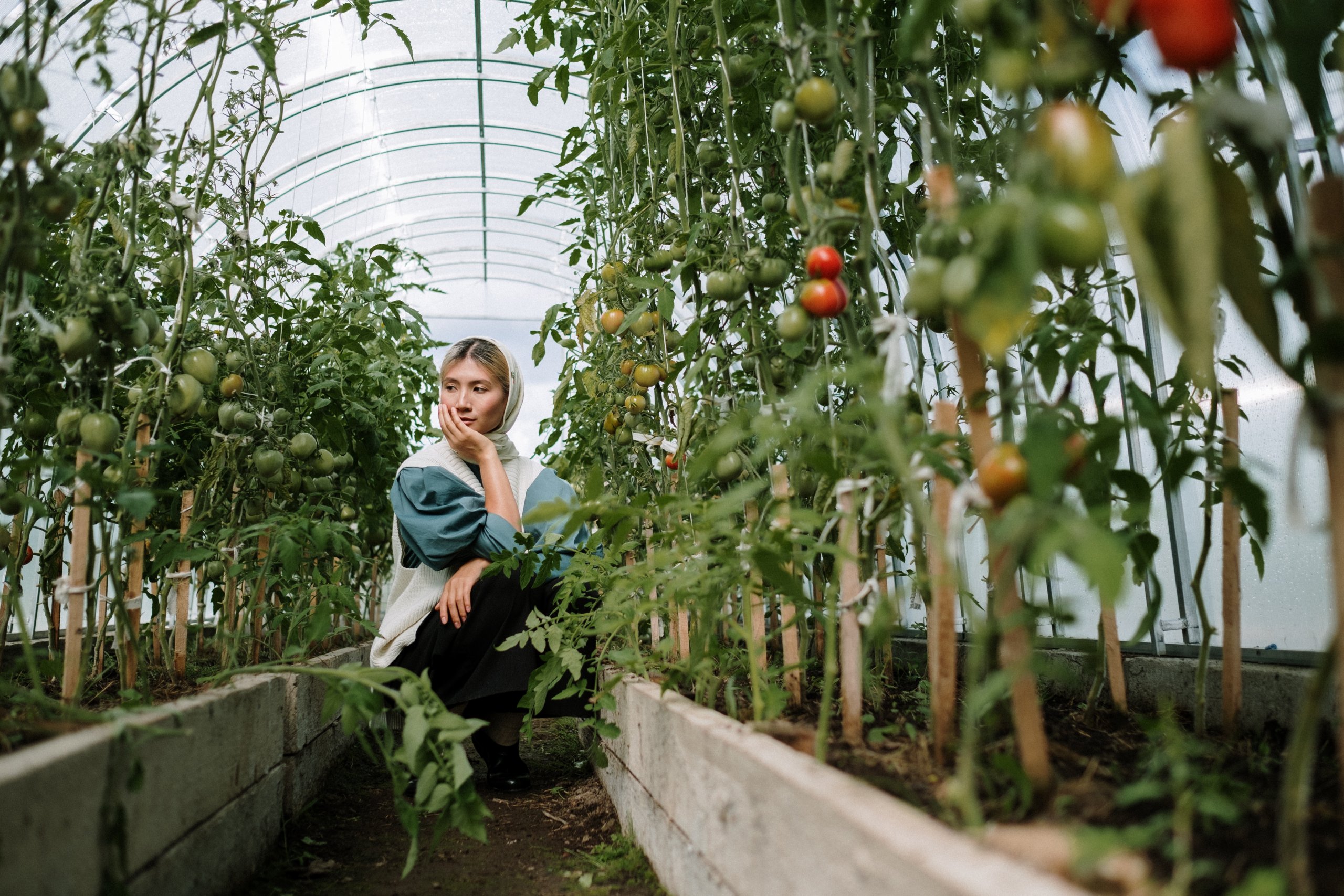
Climate-Resilient Gardening: Tips for Growing a Garden in Changing Climates
Please Note: This post contains affiliate links, and as an Amazon Associate we earn from qualifying purchases.
It’s been a minute since I’ve stopped by and filled you in on the latest adventures of Frank and Cherri. With that said, over the coming months I will be taking the time to bring you up to date, starting with the gardening challenges we’ve encountered in 2023.
Earlier this year we landed the perfect little rental house near Lake Isabella, just in time to get started on the 2023 growing season. The landscape outside our front door is a spectacular unobstructed view of the Sierra Nevada Mountains, and we are just down the road from wondrous Lake Isabella, where we look forward to spending our leisure time paddling in the cool aqua reservoir. Our quaint little tiny house has an extra bedroom which has been converted into my own personal artisan studio. Our favorite attribute, however is the one acre yard crying out for us to grow lots of healthy foods in its gloriously loamy high desert soil.
We have stayed at a few farms over the years where we have had the unique opportunity to live/work in a community garden situation. Community living is near and dear to my heart, and we will talk about this more at a later date. It has, however been more than ten years since we have had a farm and garden to call our very own.
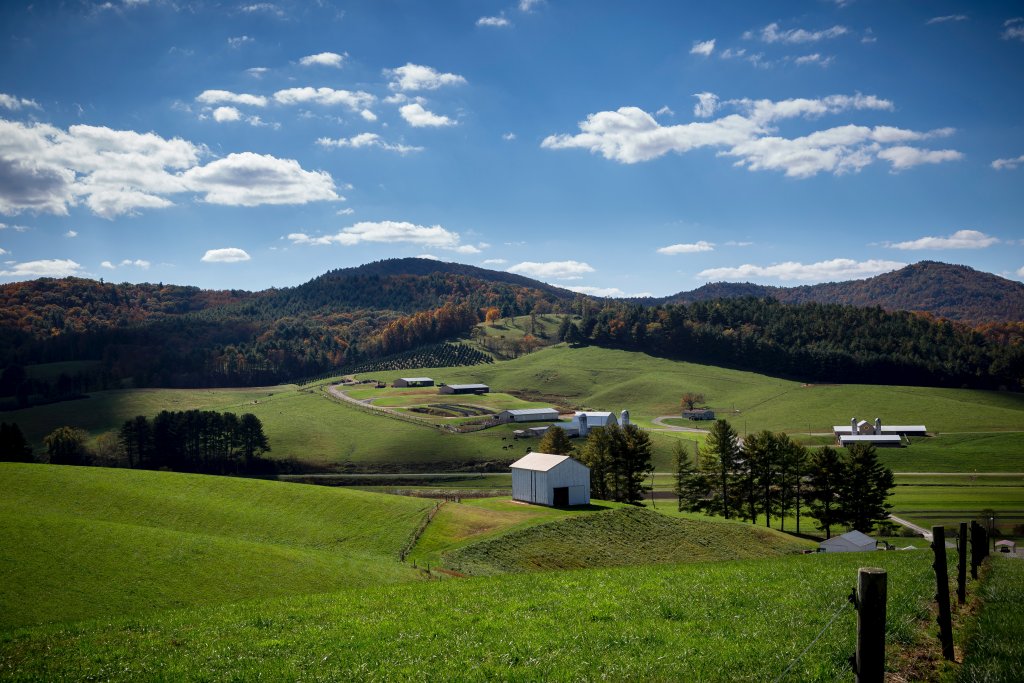
We arrived in February 2023 ready to go, however Mother Nature had different plans for us, and immediately lived up to her reputation by showing us who is really in control. Shortly after starting more than one hundred plants the historic atmospheric rivers of California decided to pay us a visit, and they were relentless. With Kernville, and the Kern River just up the road from us on one side and Lake Isabella less than a mile away on the other, we were boxed in by powerful flood waters. It may sound a little mellow dramatic, however we literally had nowhere to go.
All of our beautiful seedlings were outgrowing their starter pots rather swiftly, which required us moving them to much more spacious homes. Since we were not able to leave the Kern River Valley for some time, we had no choice but to get flood soaked soil at the local hardware store. Sadly even with a heat mat and programming our home’s thermostat to a very high setting the saturated soil proved to be a tragic death sentence for our courageous little friends.
We’ve now started over a few times since then, yet we are extremely grateful for the milestones we are accomplishing with all this crazy climate instability. I will share more detail at a later date, but for now here is some info I have gathered which I hope you will find useful.
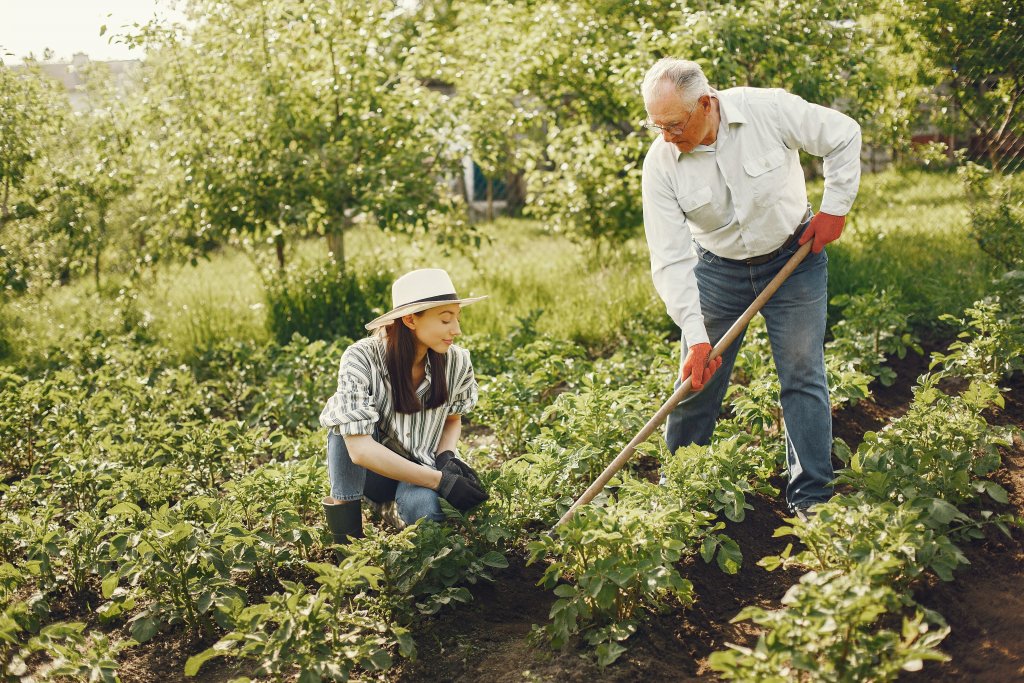
Climate-Resilient Gardening: Tips for Growing a Garden in Changing Climates
As the world’s climate continues to change, gardeners are finding it increasingly challenging to maintain their gardens. With the changing weather patterns, rising temperatures, and unpredictable rainfall, it’s becoming more difficult to grow plants that were once able to thrive in your garden. However, with a few simple modifications, you can create a garden that is climate-resilient and able to withstand the challenges of changing climates. In this post, we will share some tips and tricks on how to grow a climate-resilient garden. From choosing the right plants and improving soil health to harvesting rainwater and creating microclimates, we’ll cover everything you need to know to grow a successful garden in a changing climate.
1. The Importance of climate-resilient gardening
In today’s world, climate change is a reality that cannot be ignored. The world’s weather patterns are changing, and this has significant impacts on all aspects of life. Gardening is no exception. As a gardener, it’s important to be aware of the changing climate and its potential effects on your garden. Climate-resilient gardening is a concept that is becoming increasingly important as we face the challenges of climate change.
Climate-resilient gardening involves using gardening techniques that are adapted to changing climates. This could include planting crops that are more resistant to extreme weather conditions such as drought, heatwaves, floods, and heavy rainfall. It could also involve using sustainable and eco-friendly gardening practices that reduce the impact of gardening on the environment.
Climate-resilient gardening is not only important for the environment, but it’s also important for the gardener. By using climate-resilient gardening techniques, you can ensure that your garden will continue to flourish in changing climates. This means that you can continue to grow your own food, enjoy the beauty of your garden, and benefit from the physical and mental health benefits of gardening.
In short, climate-resilient gardening is essential for the future of gardening. By adapting to changing climates and using sustainable gardening techniques, we can ensure that our gardens will continue to thrive for generations to come.
2. How climate change affects gardening
Climate change has a significant impact on gardening, and it’s critical to understand how it affects the plants and soil in your garden. Climate change leads to a rise in temperatures, changes in precipitation patterns, and an increase in extreme weather events like droughts, floods, and storms. These changes can have a severe impact on the growth of plants and the health of the soil in your garden.
One of the most significant impacts of climate change on gardening is the increased risk of drought. With more extended periods of dry weather, plants may not get enough water, leading to wilting and even death. This can be particularly challenging for gardeners in areas with limited water resources. Additionally, changes in precipitation patterns can lead to flooding and soil erosion, which can damage plants and lead to soil depletion.
Climate change can also lead to changes in the types of pests and diseases that affect plants. Warmer temperatures can lead to the proliferation of invasive species that can quickly overtake native plants. Additionally, changes in temperature and moisture levels can create more favorable conditions for pests and diseases to thrive, leading to more significant damage to your garden.
As a gardener, it’s essential to stay informed about how climate change affects your garden and to take steps to adapt to these changes. By understanding the impacts of climate change on gardening, you can take steps to protect your plants and the health of the soil in your garden.
3. Choosing plants that can withstand climate change
As the climate changes, it is important to choose plants that can withstand the changing weather patterns. Look for plants that are native to your area, as they have evolved to survive in the local climate. They are more likely to be adaptable to changes in temperature and rainfall patterns. Additionally, consider choosing plants that are drought-tolerant, as water shortages can be a result of climate change.
When selecting plants, it is also important to consider the timing of their growth. As temperatures change, the timing of plant growth can be affected. For example, some plants may start to flower earlier than usual due to warmer temperatures in the spring. This can be problematic because it can lead to late frosts damaging the flowers or fruit. Choose plants that are less sensitive to changes in temperature and can adapt to early or late frosts.
Another important factor to consider is the hardiness zone of the plant. The USDA Hardiness Zone Map is a great resource to determine which plants are suitable for your area. As the climate changes, some plants that were once suitable for your area may no longer be able to survive. Be sure to choose plants that are suitable for your current zone or even a zone or two colder, to ensure they can withstand any future changes.
By selecting plants that can withstand climate change, you can help to ensure that your garden will continue to thrive despite any changes in temperature, rainfall patterns, or other weather conditions.
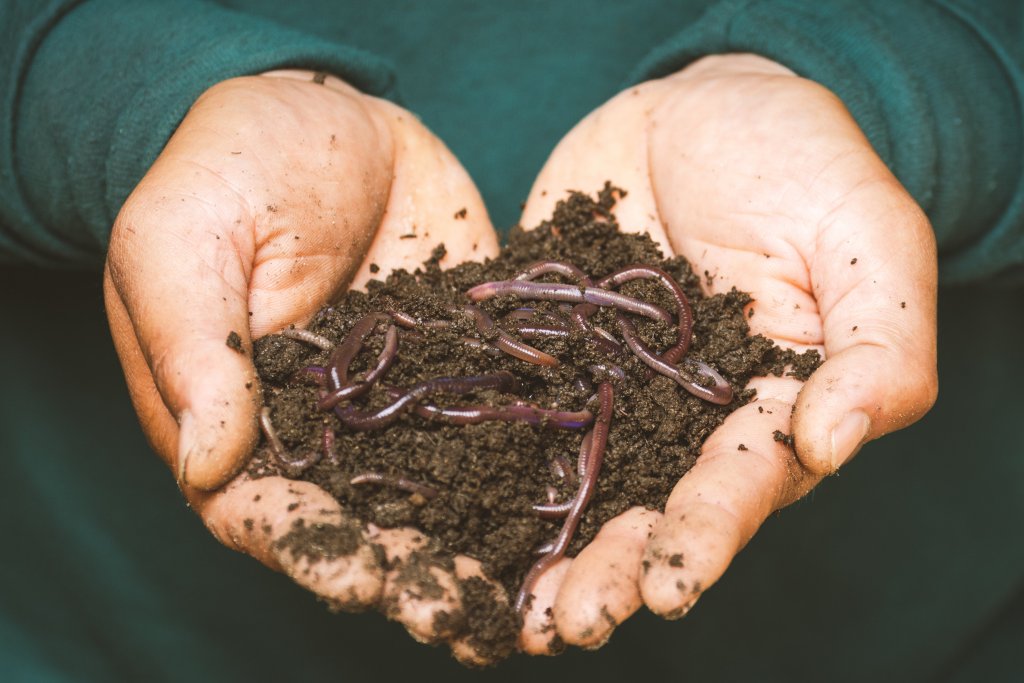
4. Soil management techniques to increase resilience
Soil management is a crucial aspect of climate-resilient gardening. As the climate changes, so do the conditions in which our plants grow. To increase the resilience of your garden, it’s important to focus on soil management techniques that can help your plants adapt to changing conditions.
One technique is to add organic matter to your soil. Organic matter, such as compost or manure, provides valuable nutrients to your plants and helps to improve soil structure. This, in turn, helps your soil retain moisture and nutrients, which is especially important in drier climates.
Another technique is to practice no-till gardening. Tilling can disrupt soil structure and lead to erosion, which can be especially problematic in areas that are prone to drought or heavy rainfall. By avoiding tilling and instead using mulches or cover crops to protect your soil, you can help to build healthy, resilient soil that can better support your plants.
Choosing the right plants for your soil and climate is also important. Some plants are better adapted to drought or extreme temperatures than others. By selecting plants that are well-suited to your local conditions, you can help to ensure that they thrive and produce a successful harvest.
By focusing on soil management techniques, you can increase the resilience of your garden and help your plants adapt to the changing climate. With a little knowledge and effort, you can create a beautiful, thriving garden that will provide you with fresh produce for years to come.
5. Water Conservation Strategies for Gardening
Water conservation is an important aspect of climate-resilient gardening. As water becomes scarcer in certain regions, it is essential to develop strategies to minimize water usage while still maintaining a healthy garden. Here are some effective water conservation strategies for gardening in changing climates:
- Install a rainwater harvesting system: Collecting rainwater can be an effective way to reduce water usage in your garden. Install a rain barrel or cistern to collect rainwater from your roof and use it for watering your plants.
- Use drip irrigation: Drip irrigation delivers water directly to the roots of plants, reducing water waste due to evaporation and runoff. This method also helps to prevent the growth of weeds, which can compete with your plants for water.
- Mulch your garden: Mulching helps to retain moisture in the soil, reducing the need for frequent watering. Apply a layer of organic mulch such as straw, leaves, or wood chips around your plants to help regulate soil temperature and moisture.
- Group plants by water needs: Planting water-loving plants together and grouping plants by their water needs can help to reduce water usage in your garden. This will also make it easier to water your plants efficiently.
- Use drought-tolerant plants: Choose plants that are adapted to drought conditions and require less water. These plants are capable of surviving in harsher conditions and will help to reduce water usage in your garden.
By implementing these water conservation strategies, you can maintain a healthy and resilient garden while minimizing water usage in changing climates.
6. Integrating companion planting for pest management
One of the biggest challenges gardeners face is managing pests and diseases that can wreak havoc on plants. However, there is a natural and effective solution to this problem – companion planting. Companion planting is the practice of planting certain crops together that benefit each other in some way. This can include repelling pests, attracting beneficial insects, and improving soil health.
For example, planting marigolds with your tomatoes can help repel nematodes, which can damage tomato roots. Planting basil with your peppers can help repel aphids and spider mites. The strong scent of herbs like rosemary and thyme can also help deter pests from nearby plants.
Additionally, companion planting can also help improve soil health by fixing nitrogen levels. Legumes, such as peas and beans, have the ability to fix nitrogen from the air and convert it into a form that plants can use. Planting these crops alongside other plants can help improve soil fertility and reduce the need for synthetic fertilizers.
By integrating companion planting into your garden, you can reduce the need for harmful pesticides and synthetic fertilizers, while also improving the health of your plants and soil. It’s a win-win for your garden and the environment.
7. Incorporating native plants into your garden
Incorporating native plants into your garden is one of the most effective ways to create a climate-resilient garden. Native plants are already adapted to the local climate and soil conditions, so they are better able to withstand extreme weather events like drought, heavy rainfall, and temperature fluctuations.
Not only do native plants provide a sustainable option for your garden, but they also provide important ecological benefits. They provide habitat and food for local wildlife, including pollinators like bees and butterflies. They also help to prevent soil erosion and maintain soil health.
When incorporating native plants into your garden, it’s important to do your research to ensure that you are selecting plants that are native to your specific region. Native plant societies and garden centers are great resources for information on which plants are best suited for your area.
Additionally, when planting native plants, it’s important to avoid disrupting existing ecosystems. Plant in areas where similar plants are already growing, and avoid planting invasive species that can damage local ecosystems.
By incorporating native plants into your garden, you can create a beautiful and sustainable space that is more resilient to the changing climate. Plus, you’ll be doing your part to support local wildlife and ecosystems.
8. Building raised beds for improved drainage and temperature regulation
One of the most effective ways to build a climate-resilient garden is by constructing raised beds. Raised beds are essentially garden beds that are elevated several inches above the ground level. There are many benefits to using raised beds in your garden, including improved drainage and temperature regulation.
In areas with heavy rainfall or poor drainage, raised beds can help prevent waterlogging and soil erosion. By elevating the soil above the ground level, excess water can easily drain away, preventing the soil from becoming waterlogged and creating an environment that is conducive to plant growth. Additionally, raised beds can help regulate the temperature of the soil. Soil in raised beds tends to warm up more quickly in the spring, allowing for earlier planting and a longer growing season.
Raised beds can be constructed using a variety of materials, including wood, stone, or cinder blocks. The most important thing is to ensure that the bed is sturdy and level. Once the bed is constructed, fill it with a good-quality soil mix that is rich in organic matter. This will provide the right nutrients for your plants and help retain moisture in the soil.
Overall, building raised beds is a great way to improve the resilience of your garden in the face of changing climates. By providing improved drainage and temperature regulation, raised beds can help ensure that your plants thrive, regardless of the weather conditions outside.
9. Using hoop houses and other structures for climate control
In today’s rapidly changing climate, it’s becoming more and more important to protect our gardens from extreme weather conditions. Whether it’s intense heat, cold snaps, or heavy rain, hoop houses and other structures can be a great way to provide protection and climate control for your plants.
Hoop houses are simple structures made of metal or PVC hoops covered with a layer of greenhouse plastic. They can be used to protect plants from frost, snow, and wind, as well as to provide shade during hot weather. They are also relatively easy to build and can be customized to fit almost any garden size or shape.
Other structures, such as cold frames and high tunnels, can also be used to extend the growing season and provide protection from the elements. Cold frames are essentially mini-greenhouses that can be used to start seedlings early in the season or to extend the growing season into the fall. High tunnels are larger structures that can be used to grow crops year-round in some climates.
In addition to providing protection from extreme weather conditions, hoop houses and other structures can also help to conserve water and reduce the need for pesticides and herbicides. By providing a controlled environment for your plants, you can reduce water evaporation and minimize the risk of pests and diseases. This can not only help to protect your garden from the effects of climate change but also help to make it more sustainable and eco-friendly.
10. Conclusion and additional resources for climate-resilient gardening
In conclusion, climate-resilient gardening is a critical step in combating the effects of climate change on our planet. By adopting the tips and techniques discussed in this article, you can contribute to a healthier planet, and also enjoy the benefits of a thriving garden.
Remember, climate-resilient gardening is all about working with nature, not against it. By understanding the unique climate conditions in your area and choosing the right plants and gardening methods, you can create a garden that is both beautiful and sustainable.
If you’re interested in learning more about climate-resilient gardening, there are many great resources available online. The USDA’s Plant Hardiness Zone Map is a great place to start, as it can help you understand the climate conditions in your area and choose plants accordingly. The National Gardening Association and the American Horticultural Society are also great resources for gardening tips and advice.
Don’t be afraid to experiment and try new things in your garden. With a little knowledge and some trial and error, you can create a garden that is both beautiful and resilient in the face of a changing climate.
We hope you found our article on climate-resilient gardening helpful! As the climate continues to change, it’s important to adapt our gardening practices to ensure that we can continue to grow healthy and sustainable gardens. By following the tips provided in this article, you can help protect your garden against the impacts of climate change, including extreme weather events and temperature changes. Keep these tips in mind as you plan your garden for the upcoming growing season, and remember that every small step we take towards a more sustainable and climate-resilient garden will have a positive impact on the environment. Happy gardening!

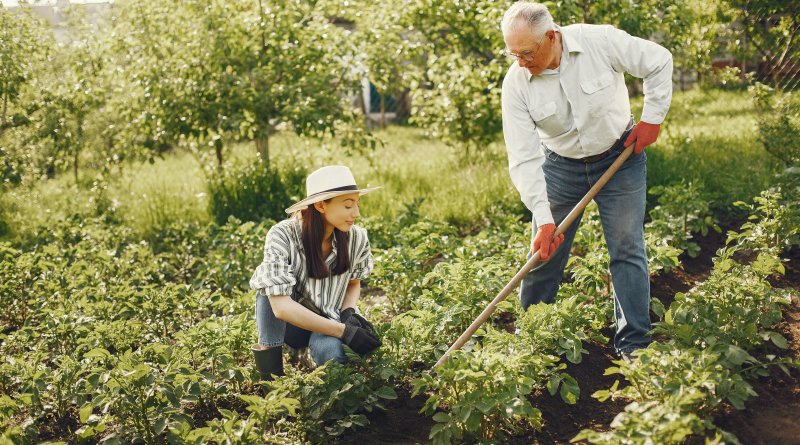

15 thoughts on “Climate-Resilient Gardening: Tips for Growing a Garden in Changing Climates”